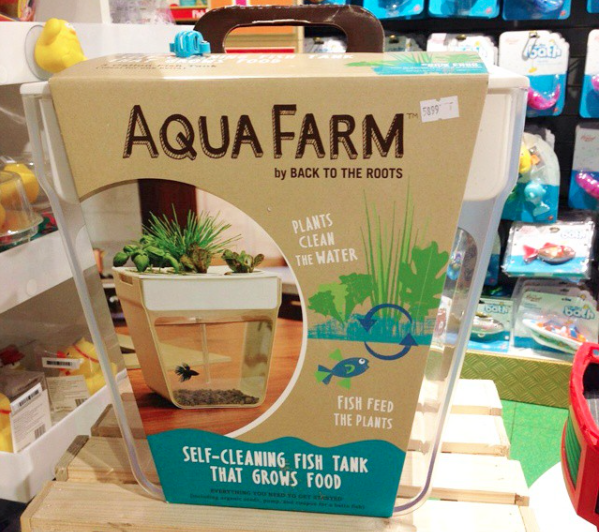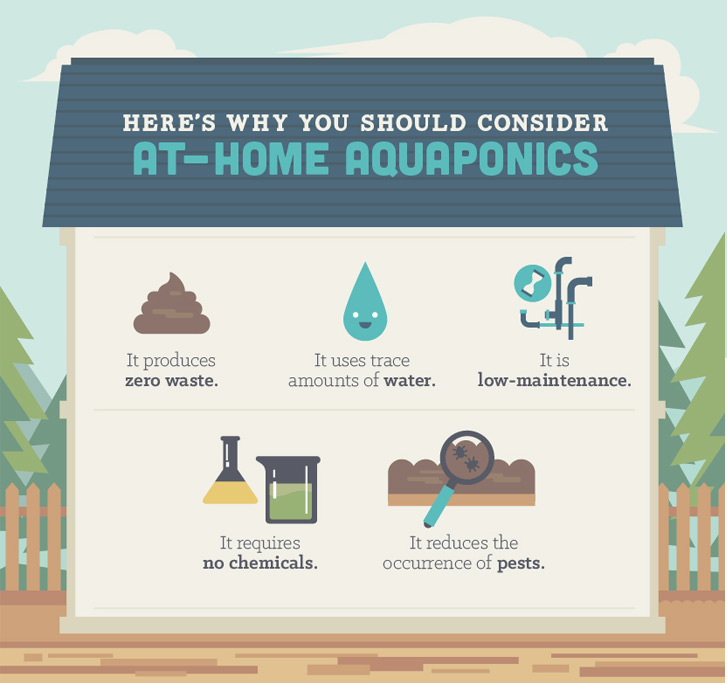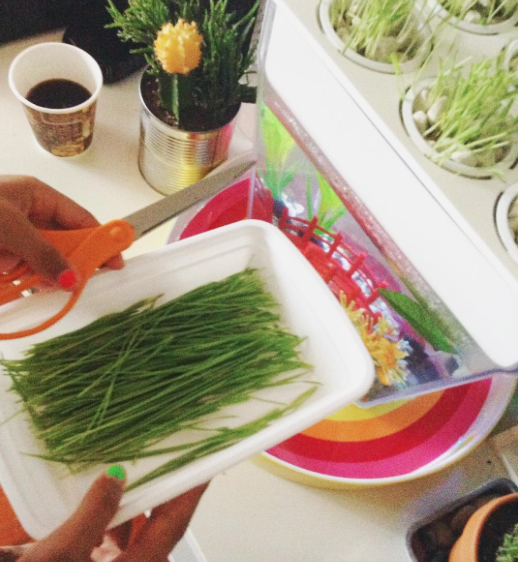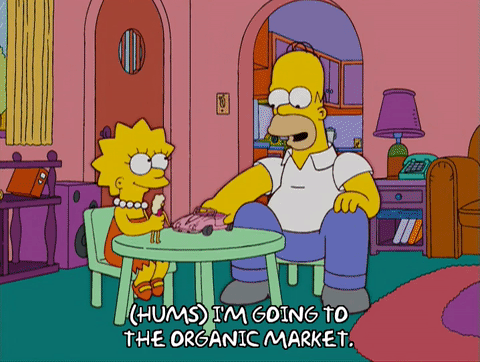I know, I know. Just how amazing can a fish tank be? I’m sure most of us imagine the future abundant with floating cars, floating people, and a sleek metallic finish on everything we see. Even the future of farming looks pretty legit, if you ask me.
But there’s also a new trend taking us into the future faster than we can tell. It’s the revolution of eating organically. Every year, more and more people switch to eating pesticide-free, locally grown, healthier versions of their favorite fruits, vegetables, and meats.

Photo courtesy of @carriageworkersfarmersmarket on Instagram
According to TIME magazine, this organic food trend is not just some hipster fad that will disappear in a few years’ time. Not only does it have a huge following of people committed to the benefits of eating organically, but we, as a society, are finding out we simply can’t not eat organically.
It’s known to many that commercial farms are quickly transforming into pharmacies. Animals are so genetically engineered and modified, can they really be considered food? That’s why easy access to healthier, organic food is a must when we look at the concept of future sustainability.
A new line of fish tanks, coined the Water Garden from its manufacturing company Back to the Roots, does just that. This isn’t just your average fish tank. Sure, there’s a cute betta fish swimming around for our entertainment, but on top of the tank are an array of plants that are sustained completely by the fish and its habitat.

Photo courtesy of @hamleysrussia on Instagram
It all comes down to the science of aquaponics, a combination of aquaculture (raising aquatic animals) and hydroponics (growing plants without soil). It’s a closed-loop, sustainable method of farming that has been around for centuries.

Photo courtesy of tumblr.com
The ammonia-rich waste from the fish is converted into nitrates by bacteria in the tank. These nitrates then fertilize the plants on top. In turn, the plants provide a clean environment for the fish, all while saving 90% of the water that would have been used to sustain both entities. All you have to do is feed the fish.

Photo courtesy of ouroborosfarms.com
There are a number of plants that can be grown using the Water Garden, including herbs, leafy vegetables, and a variety of sprouts.

Photo courtesy of @athinalabella on Instagram
The Water Garden is great for college students who may not have the time or space to invest in organic gardening. Our generation has the power to change the future of food, and it’s time we put this power to good use. Kids also love these little gems, and many classroom teachers use these as parts of science experiments because it satisfies many of the national science requirements for young children in school.
If you or anyone you know is the least bit interested in nutrition, health, agriculture, or owning a fish (which is everyone), tell them to stop what they are doing and buy this awesome tank of the future right now.

Gif courtesy of giphy.com
While the Water Garden may not seem like a catalyst for a revolution by any means, has so much potential to bring small-scale farming to modern consumers and to teach people the importance of eating healthy. It all starts with shifting the mindset of the average consumer, to show each individual the magnitude of a difference he/she can make with a bit of diligence and effort.
Even the laziest college students can make a difference, so why can’t you? Only when such methods of farming become accepted into society will it be reasonable to apply this to large-scale facilities, such as commercial farms, to produce a more sustainable method of harvesting the food we eat. If that doesn’t sound like a solid plan for the future, I don’t know what does.




